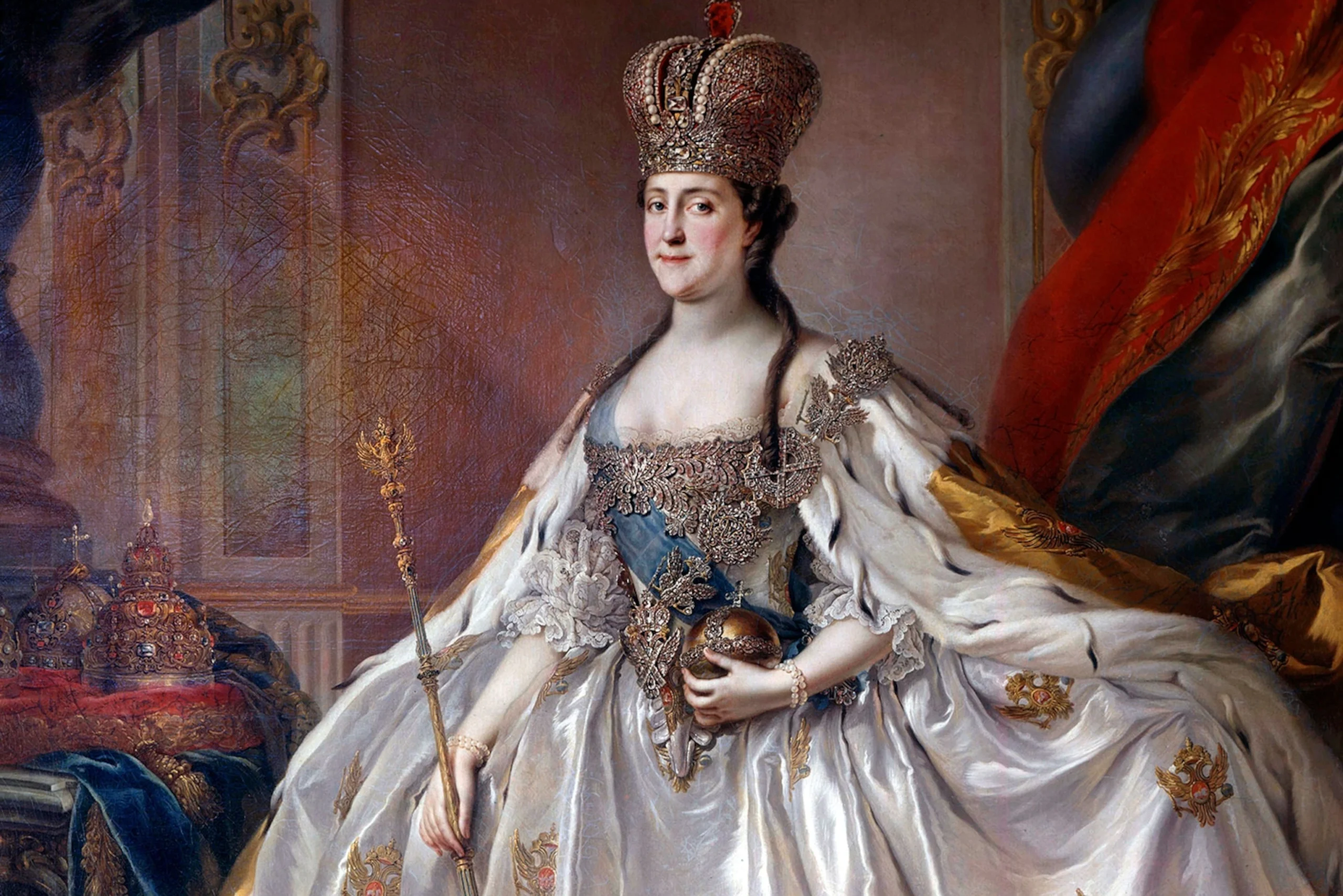Roughly three hundred years ago, Poland stood as a sprawling empire, stretching far beyond its modern-day boundaries to encompass regions that now constitute Ukraine, Belarus, and Lithuania. Strong nations like Russia, Austria, and Prussia sought after this vast expanse of land as a prize. However, the once-mighty Kingdom of Poland underwent a series of partition events that ultimately led to its dismantlement and the contraction of its territory to its present limits.
Key Takeaways: Partitions of Poland
- The partitions involved three major powers: Russia, Prussia, and Austria. They exploited the weakening Commonwealth to seize and divide its lands.
- The first partition occurred in 1772, resulting in significant territorial losses for Poland, with Russia, Prussia, and Austria gaining sizable portions of Polish territory.
- The second partition took place in 1793, further diminishing the Commonwealth’s size and power. Poland’s sovereignty was significantly eroded.
- The third partition occurred in 1795, effectively eliminating the Polish-Lithuanian Commonwealth from the map. The remaining Polish lands were divided among the three partitioning powers.
- Poland finally regained independence after World War I, with the Treaty of Versailles (1919) recognizing the reconstituted Polish state.
Partitions of the Kingdom of Poland
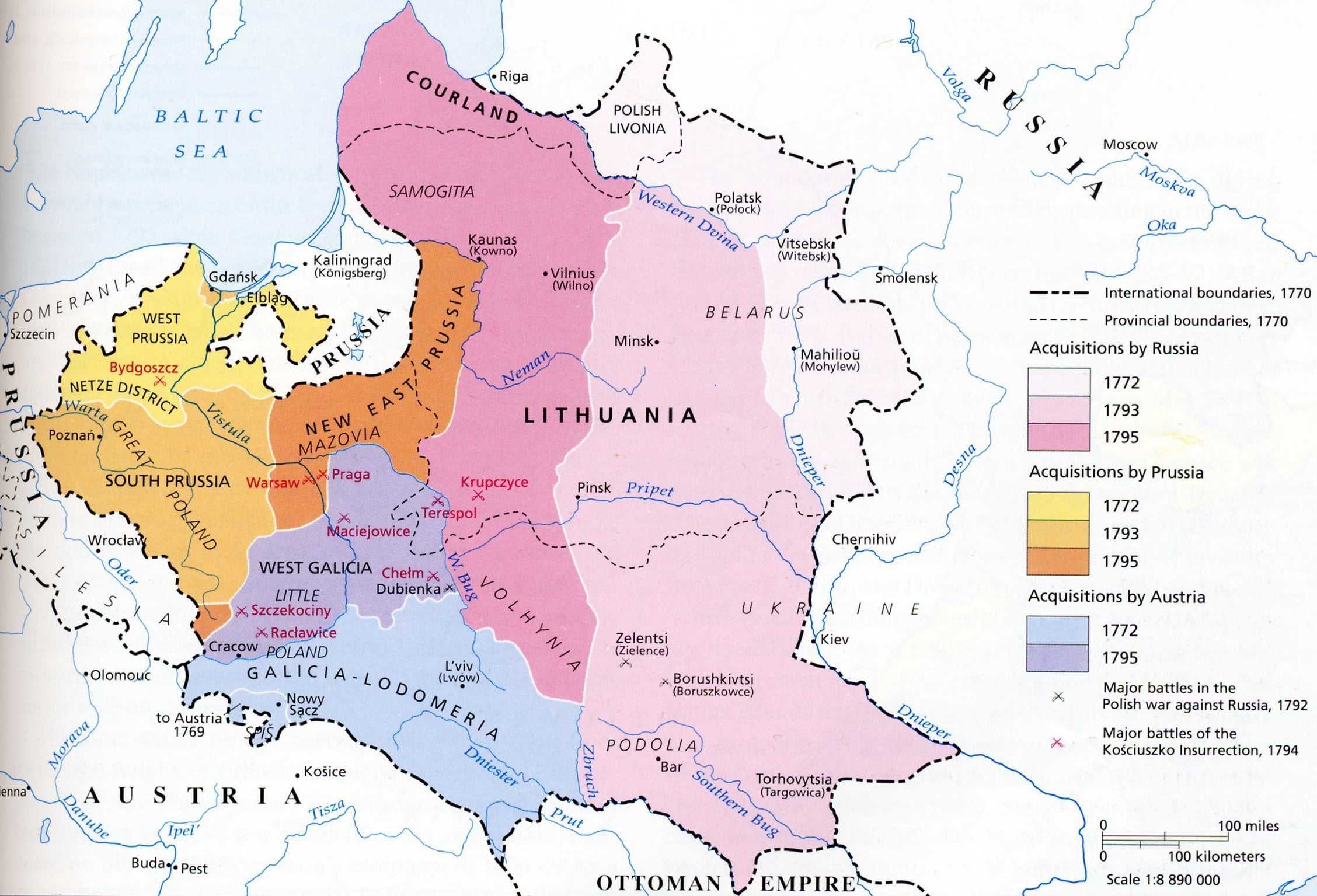
The process of partitioning Poland unfolded in three distinct phases, each orchestrated by the aforementioned powers. The First Partition occurred in 1772, when Russia, Prussia, and Austria seized substantial portions of Polish territory, significantly reducing its landmass and geopolitical influence. The Second Partition transpired in 1793, further eroding Polish sovereignty as Russia and Prussia acquired additional slices of its land.
The final blow was dealt through the Third Partition in 1795, as the three dominant powers collectively carved up the remaining vestiges of the Kingdom of Poland, extinguishing its status as an independent entity. The strategic interests and ambitions of these neighboring powers converged in their pursuit of territorial expansion, resulting in the eventual reduction of Poland to its current borders.
In light of the ongoing memorial disputes between Warsaw and Moscow that have grown more intense as a result of the Ukraine conflict, the third partition of Poland, which took place on October 24, 1795, has become a prominent topic today once again.
On that day, the Polish-Lithuanian Commonwealth, formed since the Treaty of Lublin in 1569, was wiped off the map. It was only after World War I that the two entities—Poland and Lithuania—would regain their independence, albeit separately.
A Buffer Zone for Diverse Cultures

During the mid-18th century, significant concerns arose among the prominent European courts regarding the vulnerability and potential dissolution of the Polish-Lithuanian Commonwealth. This expansive entity, at its zenith, stretched across nearly 400,000 square miles (1 million km2), primarily comprising vast plains and dense forests.
The Commonwealth, acting as a buffer zone devoid of distinct natural demarcations, found itself wedged between three expansionist powers: Austria, Prussia, and Russia.
The Commonwealth had an estimated population of over 11 million people, which distinguished it for its diversity. This population mosaic was defined by rich ethnicities, languages, and religious affiliations. Within its boundaries coexisted Poles, Lithuanians, Ukrainians, Belarusians, Tatars, and Jews, along with a myriad of Greek, Armenian, and German communities.
Predominantly agrarian, the majority of the populace resided in rural settings, engaging in agricultural pursuits. In terms of urbanization, major hubs such as Warsaw, Krakow, and Lviv stood as exceptions, as the presence of significant urban centers was comparatively limited.
The essence of the Polish-Lithuanian Commonwealth lied within its aristocratic foundation, characterized by a pronounced subordination to the szlachta, the omnipotent Polish nobility.
This aristocratic class wielded exclusive control over wealth, prestige, and political authority, invoking a Sarmatian ideology: the szlachta traces its lineage to the valiant warrior people of the Sarmatians, who famously resisted the might of the Roman Empire.
This doctrine fostered a martial ethos that exalted the feats of forebears. This sentiment materialized as an air of superiority toward outsiders and a disdain for peasants, as well as a general disregard for individuals whose livelihood stemmed from manual labor.
A Multiplicity of Weaknesses and Bottlenecks
Economy
On the economic front, the Polish-Lithuanian Commonwealth faced significant challenges due to the persistence of serfdom and a chronic lack of investment in infrastructure.
While neighboring countries such as Austria, Prussia, and Russia were able to establish strong centralized states that modernized their economies, Polish leaders struggled to enhance agricultural productivity and stimulate the growth of trade and manufacturing.
The ownership of lands was divided between the Crown (15%) and the magnates, who represented the high nobility (85%); nevertheless, a substantial portion of the szlachta, or lesser nobility, remained without landownership.
In Poland-Lithuania, a lot of peasants seemed to have deteriorated in the first half of the 18th century, mainly as a result of heavier corvée duties. The country’s economy was largely non-monetary, with strong autarkic attitudes and gift-giving practices.
Serfs retained only a modest share of what they produced, while magnates reveled in opulent celebrations that cemented their influence. These magnates often delegated tasks to less affluent nobles, who struggled to uphold the extravagant lifestyles of their social peers.
Legal Matters and Governance
In terms of legal matters, Poland-Lithuania faced an intricate web of customary practices, royal decrees, and laws established by the Diet (Sejm). Despite various attempts at codification, the country grappled with challenges in harmonizing its civil and criminal laws. This lack of uniformity contributed to a pronounced social hierarchy that primarily benefited the nobility, especially the magnates.
However, the latter part of the 18th century brought about significant improvements in the legal landscape. Notably, lords’ authority over life and death concerning serfs was curtailed in 1767, and measures were implemented to prohibit torture and witchcraft trials in 1776.
Politically, the Polish-Lithuanian Commonwealth operated under a unique hybrid system that blended elements of nobiliary republicanism and elective monarchy.
This arrangement, though distinctive, often led to significant obstacles and dysfunction. The political participation of aristocratic citizens was channeled through district assemblies responsible for local affairs and the selection of envoys. These envoys, or deputies, represented their constituencies in the upper assembly of the kingdom known as the Diet, which convened every two years.
The Diet served as a central institution of the republic, bringing together the king and the two chambers: the Senate and the Chamber of Envoys.
Within this assembly, important decisions were made, including the enactment of laws, taxation policies, declarations of war, the negotiation and approval of treaties, and the designation of the king.
This unique political structure attempted to strike a balance between monarchical authority and the influence of the nobility, resulting in a system that was both intricate and subject to various challenges and inefficiencies.
Within the Polish-Lithuanian Commonwealth, the king held a position of authority and played a crucial role in the political structure, although his powers were shared with the rest of the Diet. The king fulfilled specific functions that included proposing and sanctioning laws, leading the army, conducting diplomatic affairs, appointing public officials, and convening assemblies.
To assist in governance, the monarch appointed ministers who held lifetime positions. These ministers, including roles such as marshals, generals, treasurers, and chancellors, acted as advisors to the king and also served as counterbalances to his authority. Their presence helped mitigate the concentration of power in the hands of the king and ensured a degree of checks and balances within the political system.
Additionally, the king had interactions with the Senate, which was composed of bishops and provincial administrators such as palatines and castellans. The Senate’s role included advising and monitoring the king’s actions and providing further oversight of the monarch’s decisions and activities. This complex interplay of powers and institutions was a defining feature of the political landscape within the Polish-Lithuanian Commonwealth.
Liberum veto
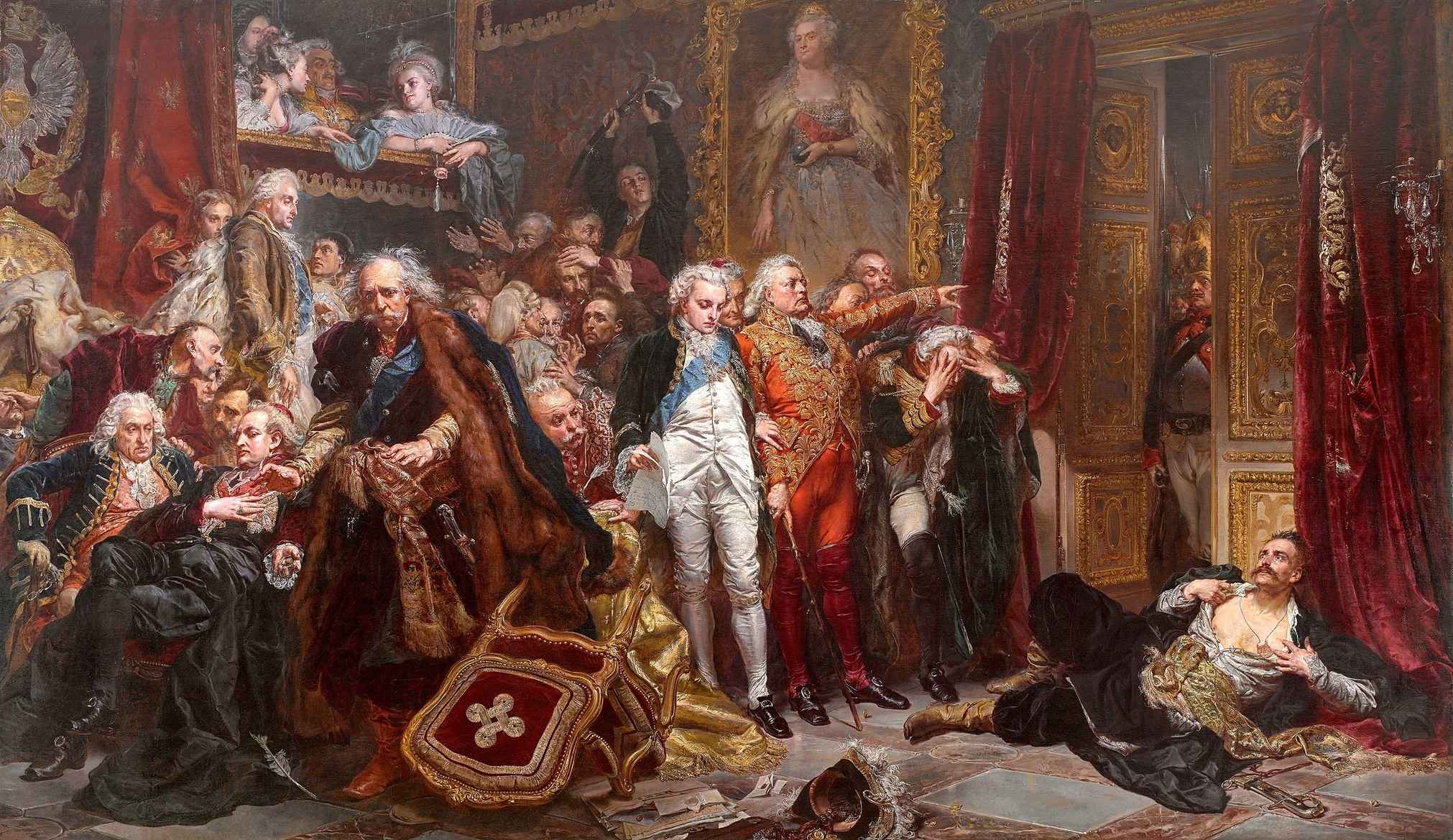
The szlachta (nobility) consistently made an effort to increase their privileges and influence over public affairs, particularly through the use of the liberum veto, which left its mark on the political landscape of the Polish-Lithuanian Commonwealth.
This mechanism was based on the principle of unanimous voting in the Diet, where any single deputy could veto a bill or dissolve the entire assembly, nullifying all decisions made during the session. While designed to uphold the equality of political rights for all nobles, the repeated use of the liberum veto led to the paralysis of parliamentary work and hindered the effective functioning of institutions.
As a result, a small number of prominent magnate families, including the Czartoryski, Potocki, Radziwill, Branicki, and Poniatowski, among others, began to dominate and turn the intended noble democracy, which was supposed to be the backbone of the political system, into an oligarchy.
On the military front, the Polish-Lithuanian Commonwealth faced structural disadvantages. Its regular army was relatively small, consisting of around 10,000 men. While the liberum veto could prevent the mass mobilization of nobles for military purposes, the possibility of raising an army still existed.
However, the Polish army was ill-equipped to compete with the powerful and well-organized armies of its neighboring countries. Contemporary observers and travelers frequently emphasized the Commonwealth’s military weaknesses by highlighting its sluggishness and lack of mobility in various domains.
Reform Efforts Failed to Prevent Collapse
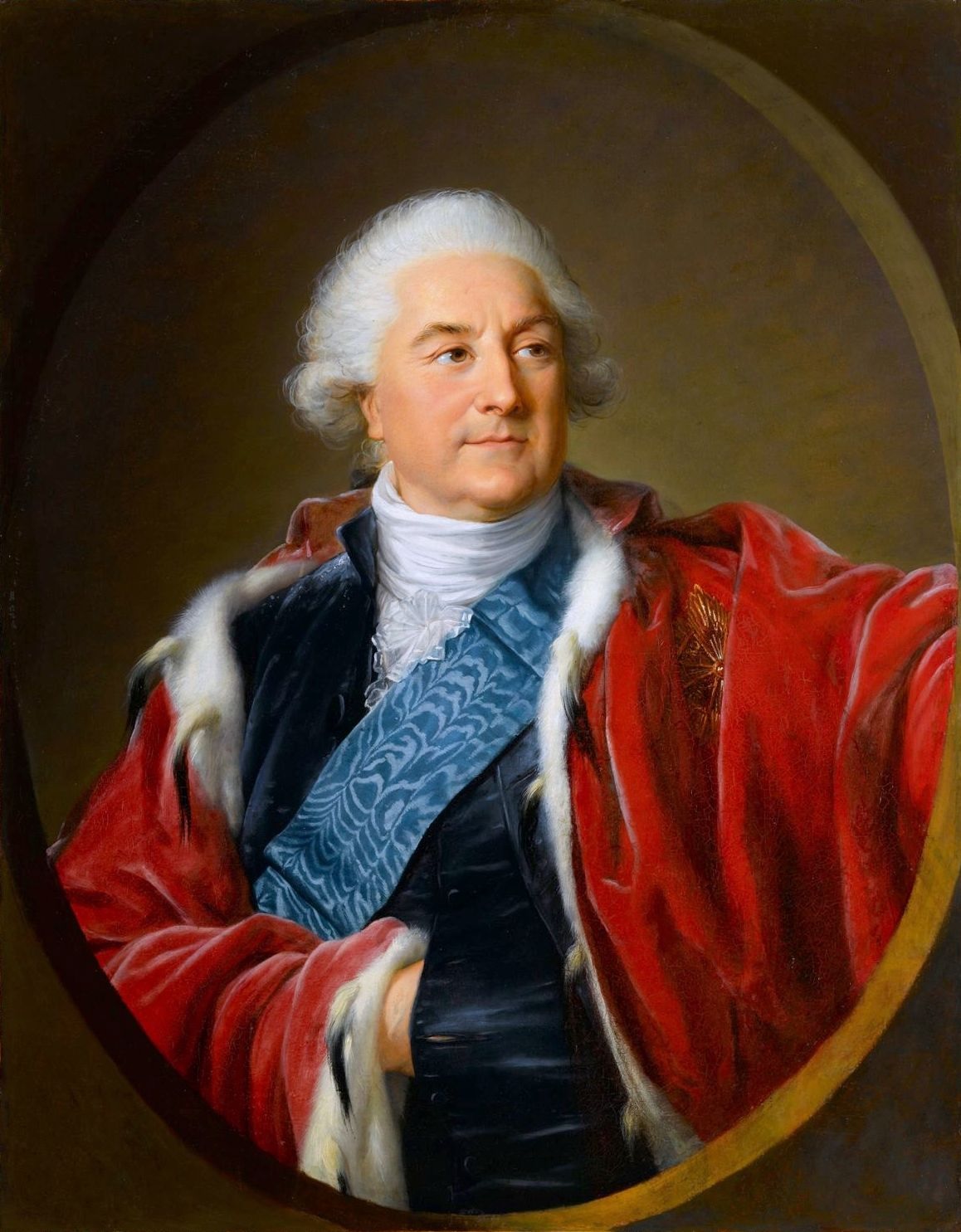
The Diet chose Stanisław August Poniatowski (1732–1798) to assume the thrones of King of Poland and Grand Duke of Lithuania on September 6, 1764. This decision was orchestrated by his former lover, Empress Catherine II of Russia (Catherine the Great – 1729–1796) and resulted in him being perceived as a marionette under the control of the Tsarina, significantly undermining his legitimacy from the outset.
Nonetheless, he was more than a mere subservient instrument of Russia. This enlightened ruler aspired to carry forward the reformative strategies initiated by the Czartoryski family, with the intention of enhancing the effectiveness of the Polish state. This would involve replacing the prevailing system, which had led to disorder within this aristocratic republic, with a genuine monarchy.

Poland stood out among the limited European nations practicing authentic religious tolerance, albeit without the inclusion of equitable legal standing for varying religious factions. The privileged “dissident” nobility (Protestants and Orthodox believers) advocated for equivalent privileges akin to those enjoyed by Catholics.
This plea aligned with the agendas of the Prussian faction (Protestants) and the Russian faction (Orthodox), who provided their backing. On the other hand, Catholic aristocrats were against the idea of parity. They knew that accepting parity, which was made possible by the liberum veto mechanism, could make them dependent on the dissident faction and, by extension, open to Russia and Prussia’s influence.
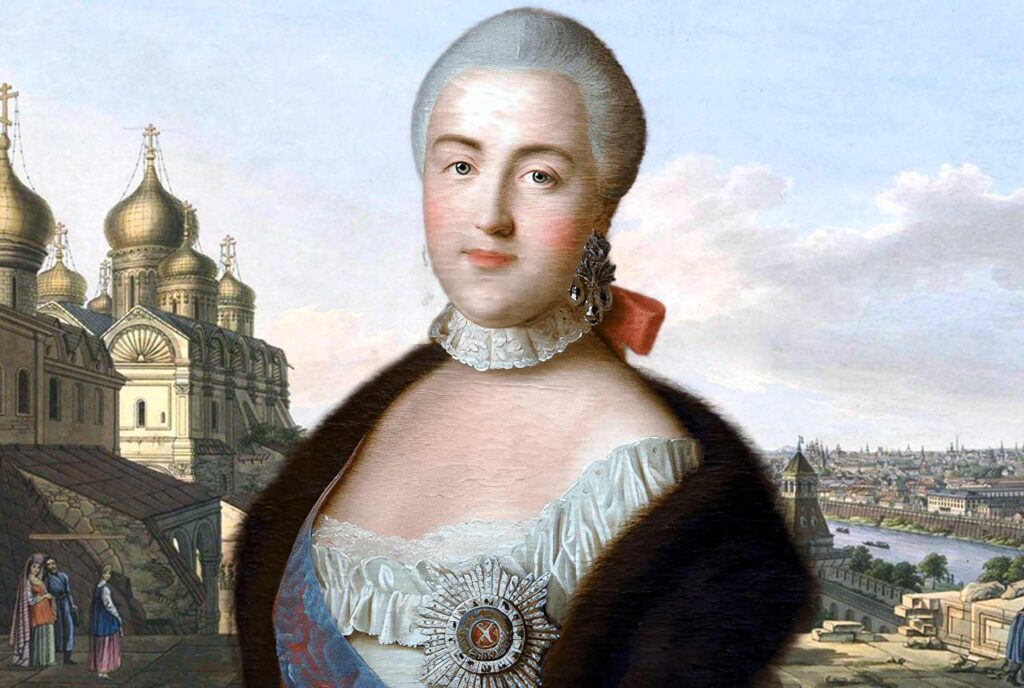
In the year 1767, Nicholas Vasilyevich Repnin (1734–1801), serving as the Russian envoy in Warsaw, adeptly navigated the proceedings of the Diet to strategically shape the multifaceted conflict. This conflict, extending beyond mere religious dimensions, was carefully channeled through the establishment of confederations.
A confederation signified a lawful political framework designed to unite nobles in a coalition aimed at safeguarding the republic against both internal and external threats.
Repnin actively promoted the establishment of three distinct confederations: one in Słuck dedicated to the Orthodox adherents, another in Toruń embracing the Protestants, and a third in Radom representing conservative Catholics who stood in opposition to the reform initiatives spearheaded by Stanisław August Poniatowski.
The outcomes of these initiatives culminated in a remarkable Diet (Sejm) held during the period of 1767–1768. This assembly witnessed the extension of parity in rights to non-Catholic factions, alongside the formal acknowledgment of Catherine II as the guardian of “Polish liberties.”
A significant milestone occurred on February 24, 1768, with the signing of a perpetual and amicable treaty of assurance between Russia and Poland.
Within this agreement, the Tsarina pledged her commitment to preserving Poland’s political structures and territorial integrity. Consequently, the entirety of the Republic of the Two Nations (“Polish–Lithuanian Commonwealth”) found itself ensnared in a state of dependence on Russia.
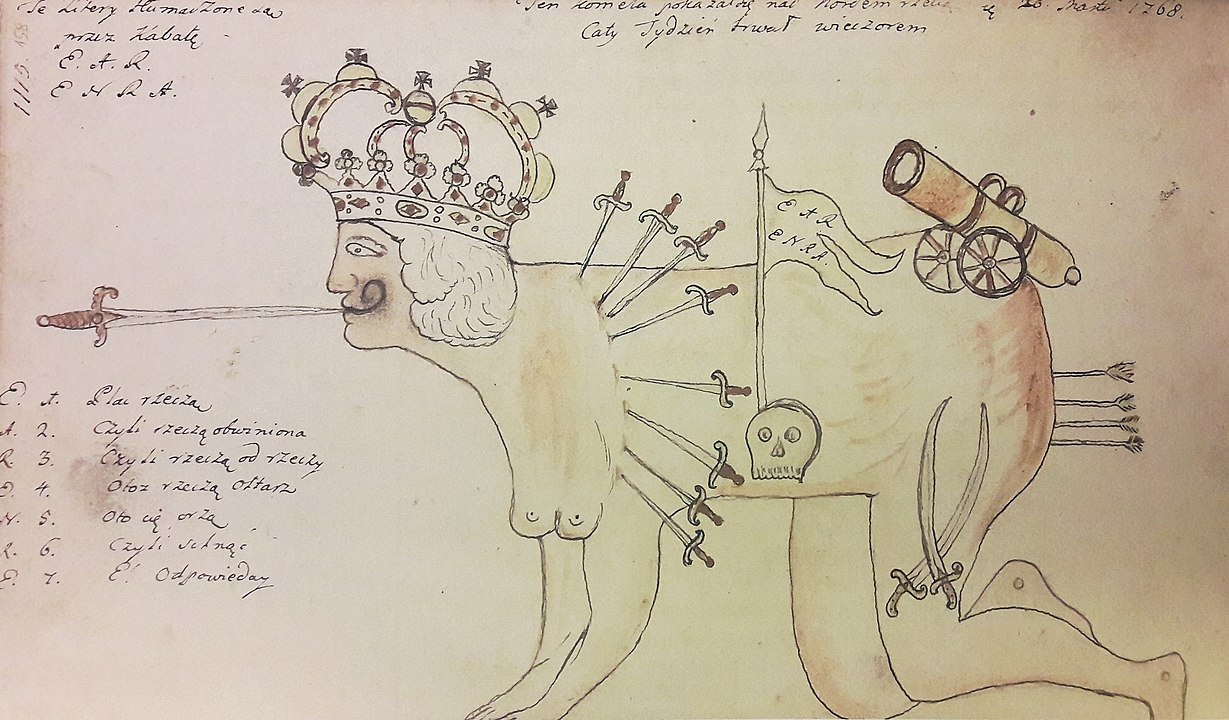
In response to this de facto tutelage, a new confederation emerged in the town of Bar on February 29, 1768, with the primary goal of safeguarding the homeland and upholding the Catholic faith. Significantly, both France and the Ottoman Empire rallied behind the Bar Confederation, offering their support.
A pivotal turning point occurred when, prompted by an atrocity committed by pro-Russian factions within its borders, the Ottoman Empire declared hostilities against Russia on October 6, 1768. This event marked the moment when the Polish insurrection transformed into a multifaceted conflict encompassing both internal strife and international confrontation.
The current situation, characterized by Russian territorial expansion, was aligned with the strategic interests of both Austria and Prussia. However, the course of events saw a proliferation of military setbacks on both domestic and international fronts.
As the confederation ultimately faced defeat, the disruptions it caused became the pretext for the initial partitioning of the nation. This partitioning was executed through a treaty signed on August 5, 1772, with the signatures of Maria Theresa of Austria (1717–1781), Frederick II of Prussia (1712–1786), and Catherine II.
Concurrently, the Bar Confederation sought support from France, enlisting the help of prominent thinkers such as Paul Pierre Lemercier de la Rivière (1719–1801), Gabriel Bonnot de Mably (1709–1785), and Jean-Jacques Rousseau (1712–1778). These intellectuals labored in vain on proposals for systemic reform within the country’s institutions.
From Partition to Annihilation
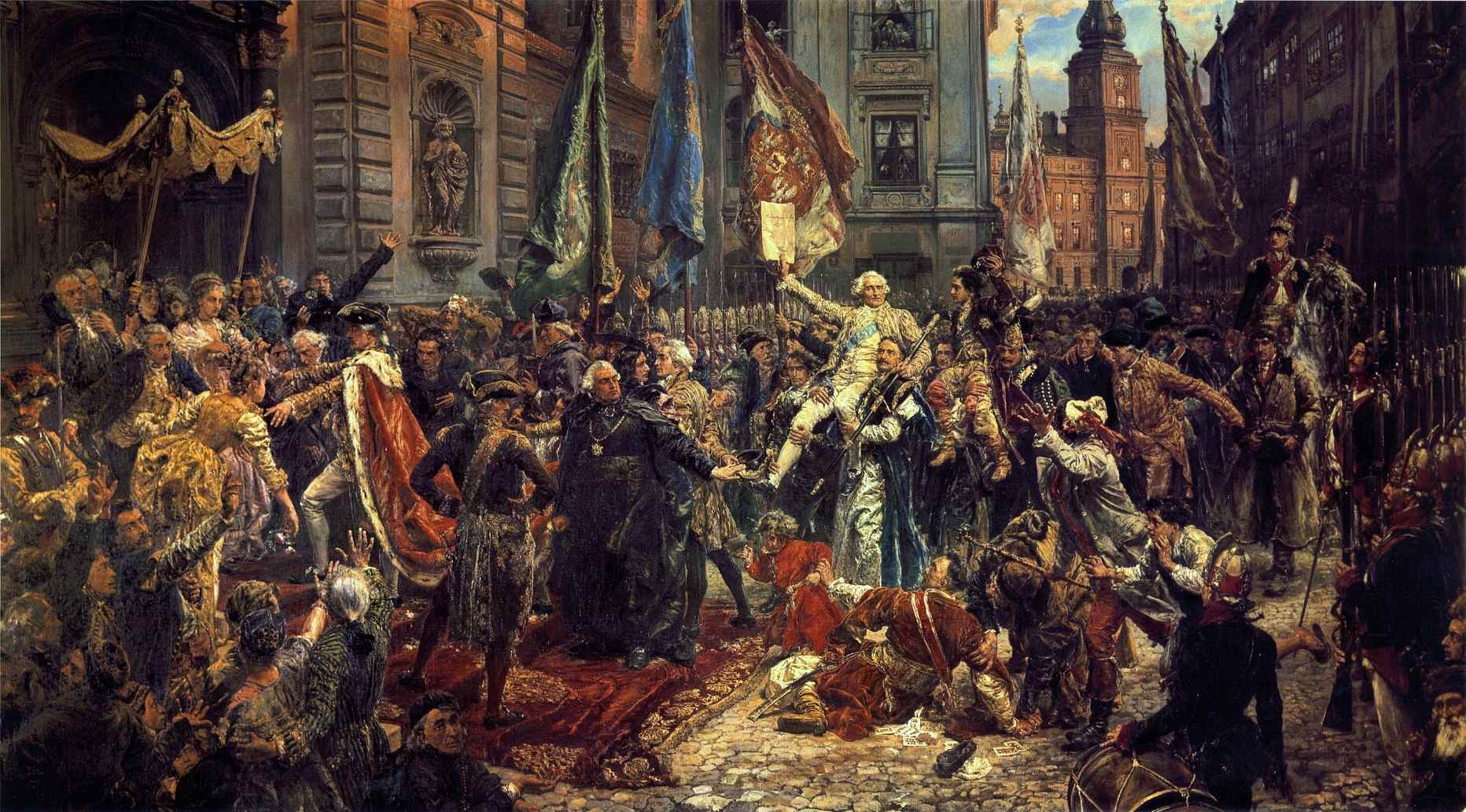
In the 1772 partition, the Polish–Lithuanian Commonwealth lost a third of its territory and population. The current Polish government, which was still under the leadership of Stanisław II, remained committed to reforming its institutions. The ‘Great Sejm’ (or Four-Year Sejm) of 1788–1792 worked on drafting a written Constitution.
Enacted on May 3, 1791, the Government Act heralded a significant transformation by replacing the elective monarchy with a hereditary one.
This evolution designated the House of Saxony as the inheritors of the crown, succeeding Stanisław II upon his demise. To facilitate the comprehensive execution of authority and the preservation of the “guardianship of laws,” the king received support from the primate, five ministers, and two secretaries of state.
The legislative power belonged to the permanent bicameral Diet, or Sejm (Chamber of Envoys and Senate). Confederations and the liberum veto were abolished. Local prerogatives and those of the bourgeoisie were expanded.
Catherine II vehemently opposed these progressive reforms that pose a challenge to Russia’s sway. This opposition culminated in the eruption of a fresh Russo-Polish conflict. Conservative magnates, bolstered by Russian support, established the Targowica Confederation. Intensifying military pressure compelled the king to align with this confederation, subsequently leading to a reversion to the previous political paradigm.

During this period, Prussia, under the leadership of Frederick William II (1744–1797), maintained a neutral stance but actively participated in a subsequent division of Polish territory in January 1793, this time in conjunction with Russia.
Notably, Austria refrained from partaking due to its engagement in hostilities against revolutionary France. As a consequence, Poland’s territorial expanse dwindled to a mere area of approximately 80,000 square miles (200,000 km2), housing a populace of 3 million inhabitants.
In response, General Tadeusz Kościuszko (1746–1817), a distinguished figure from the American Revolutionary War, orchestrated and led an uprising aimed at emancipating Poland. Under his command, the regular army was marshaled alongside the enlistment of numerous volunteers drawn from the peasantry.
These efforts yielded initial triumphs, yet the course of events took a turn when Kościuszko sustained injuries and was apprehended on October 10, 1794.
Russia orchestrated a harsh suppression of the insurrection. This harsh response paved the way for a third and final partition of Poland, which Russia once again orchestrated in collaboration with Austria and Prussia.
On October 24, 1795, this partition solidified, resulting in Poland’s subjugation to the ambitions of its formidable neighbors. As a consequence, the nation’s presence was entirely erased from the European map, a condition that persisted until the moment of its revival, alongside Lithuania, following the conclusion of World War I in 1918.
Partition of the Kingdom of Poland at a Glance
What was the Partitions of Poland?
The Partitions of Poland refers to the division and annexation of the Polish-Lithuanian Commonwealth by neighboring powers in the late 18th century. It resulted in the disappearance of the independent state of Poland from the map of Europe.
When did the partitions of Poland occur?
The partitions of Poland occurred in three main phases: the First Partition in 1772, the Second Partition in 1793, and the Third Partition in 1795.
Which countries were involved in the partitions of Poland?
The major powers involved in the partitions of Poland were the Russian Empire, the Habsburg Monarchy (Austria), and the Kingdom of Prussia.
What were the reasons behind the partitions of Poland?
The partitions of Poland were motivated by various factors, including territorial expansion, power politics, and the weakening of the Polish-Lithuanian Commonwealth. The neighboring powers sought to gain territory and influence at the expense of Poland.
What were the consequences of the partitions for Poland?
The partitions led to the loss of sovereignty and territory for Poland. The country was divided among the three partitioning powers, erasing its political existence from the map until its eventual restoration in the 20th century.
How was Poland divided in the partitions?
In the First Partition (1772), Poland lost significant territories to Russia, Prussia, and Austria. The Second Partition (1793) further reduced Polish territory, and the Third Partition (1795) resulted in the complete dissolution of the Polish-Lithuanian Commonwealth.


